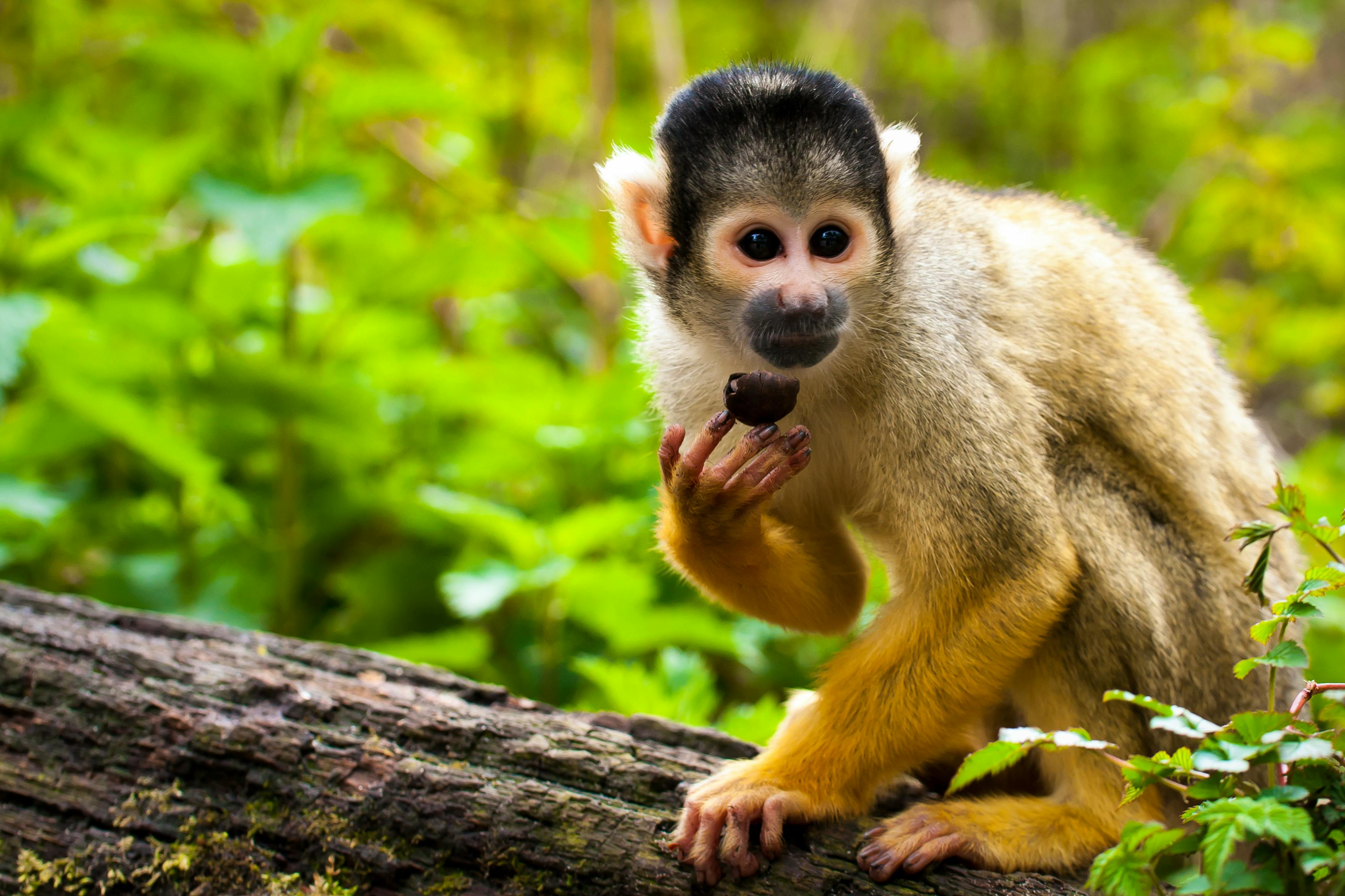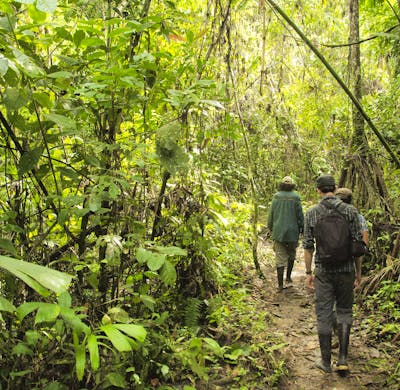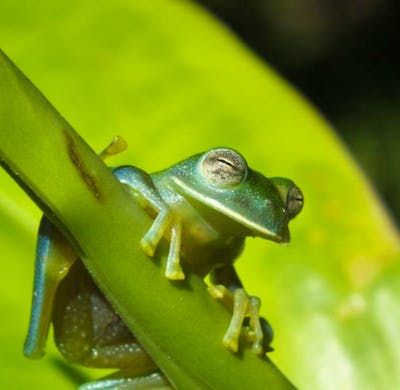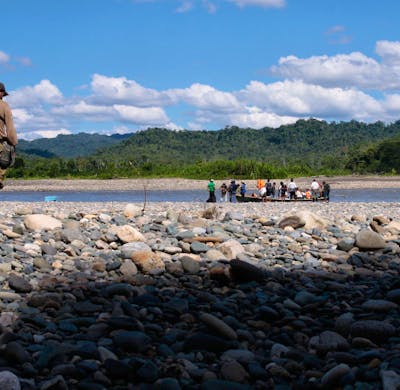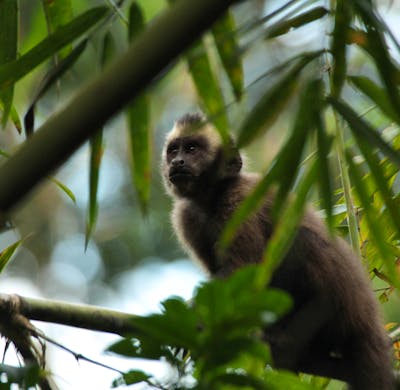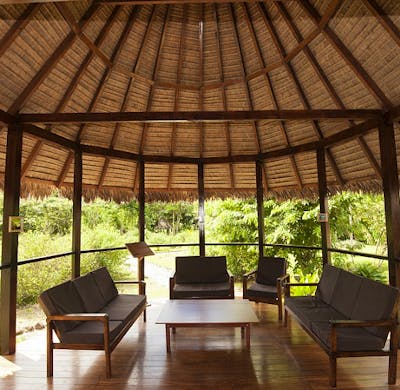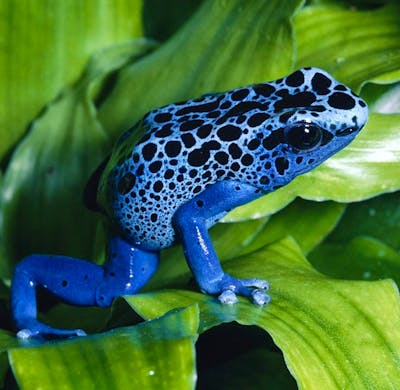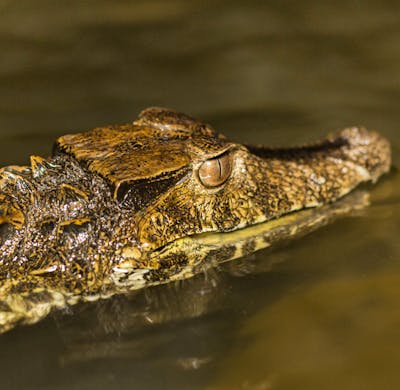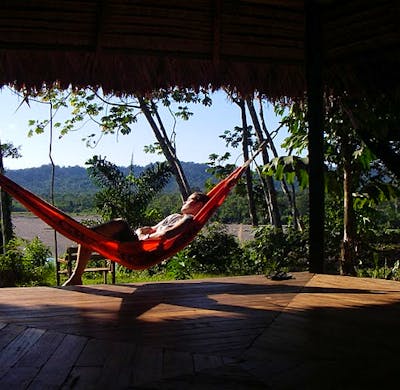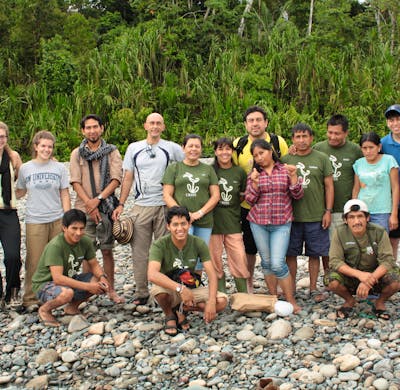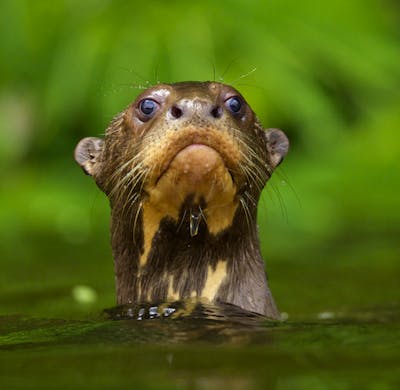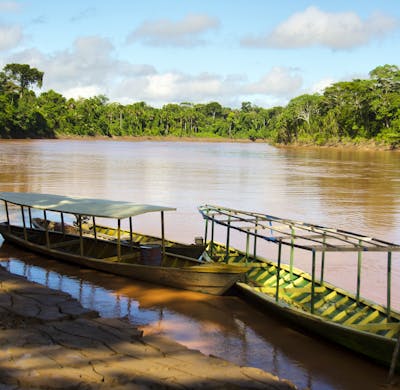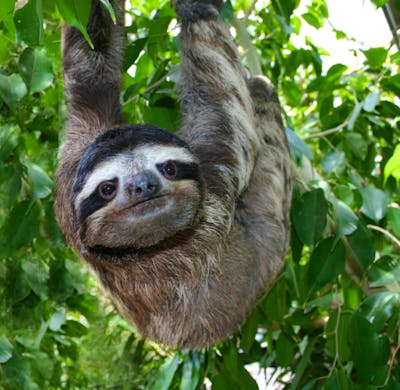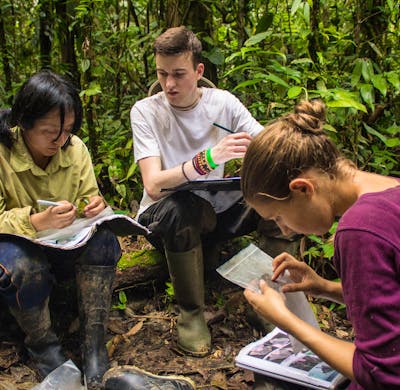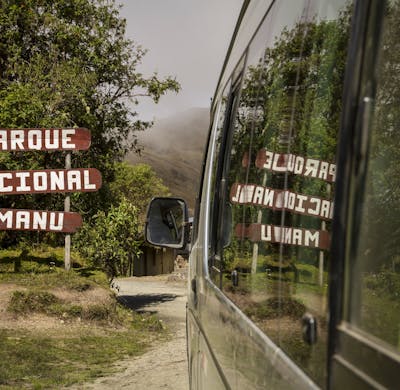2017 at Amazon Rainforest Conservation
from 1,854€
Amazon Rainforest Conservation
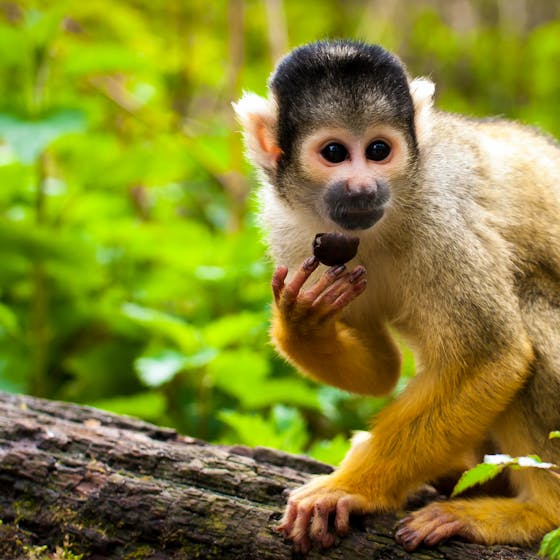
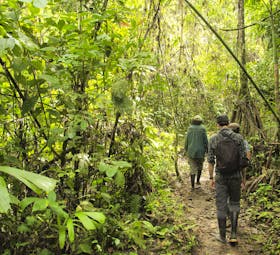
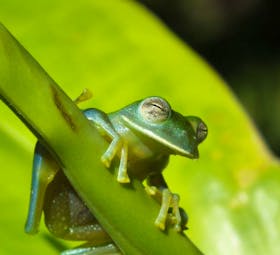
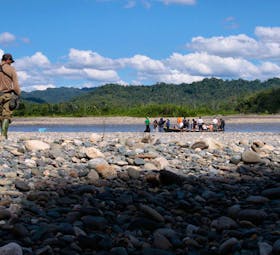
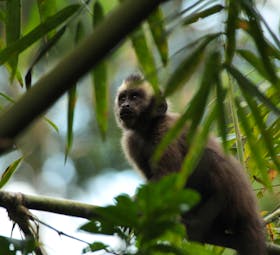
Highlights
- Join conservation researchers and community development staff in their daily efforts to make a difference to the Amazon's phenomenal wildlife!
- Experience the Amazon - the largest and most species-rich rainforest in the world
- Contribute to garnering data and honing techniques, which are vitally important to the future of not just Manu National Park but also the entire Amazon rainforest ecosystem
- Explore the local village with fellow volunteers!
- Meet like-minded volunteers from all over the world!
Especially suitable
About the program
Volunteer in Peru and have a lasting impact on Amazon conservation efforts, in the Manu National park – one of the most diverse environments on earth. 🌿
About the Project
Join conservation researchers and community development staff in their daily efforts to make a difference to the Amazon's phenomenal wildlife!
Upon arrival at the project, which is situated on the fringe of Manú National Park, a UNESCO World Heritage Site and only a short journey ...
Typical day
Day 1-2 - The Adventure Begins:
Arrive at Alejandro Velasco Astete International Airport, Cusco and transfer to temporary accommodation at a hostel in Cusco. You will spend the day acclimatising to the altitude and can explore the city. In the early evening, there is a briefing where you will meet ...
Free-time activities
On Sundays you will be free to relax and enjoy some fun activities with the other volunteers! The project is located in a very remote area so it is not possible to travel away from the project site, but on Sundays you will be able to go on walks, play football, read a book, or simply relax in the ...
Requirements
What's Included
What's NOT included?
Details on arrival
This project runs on specific start dates throughout the year, which can be seen below. Please contact us to find out whether your preferred start date is still available.
2023 - 14th Aug, 11th Sept, 9th Oct, 6th Nov, 4th Dec
2024 - 1st Jan, 29th Jan, 26th Feb, 25th Mar, 22nd Apr, 20th May, 17th Jun, 15th Jul, 12th Aug, 9th Sept, 7th Oct, 4th Nov, 2nd Dec
Program fees
Meet your organization

The Great Projects
Agency - founded in 2003
Verified by Volunteer World
Coordinated by
Lauren
About the project
193 reviews ·  4.6
4.6
Location

You might also be interested in
-
Amazon Rainforest
Butterfly Conservation
Premium
Spider Monkey
Monkeys
Sloths
Global Volunteer Opportunities
Group Volunteering
Couples
Mission Trips
Marine Mammal
Wildlife Conservation in Peru
Volunteer Trips for College Students
Voluntouring
Adults
Projects Abroad
Best Volunteer Programs
50 Plus Volunteering
Latin America
